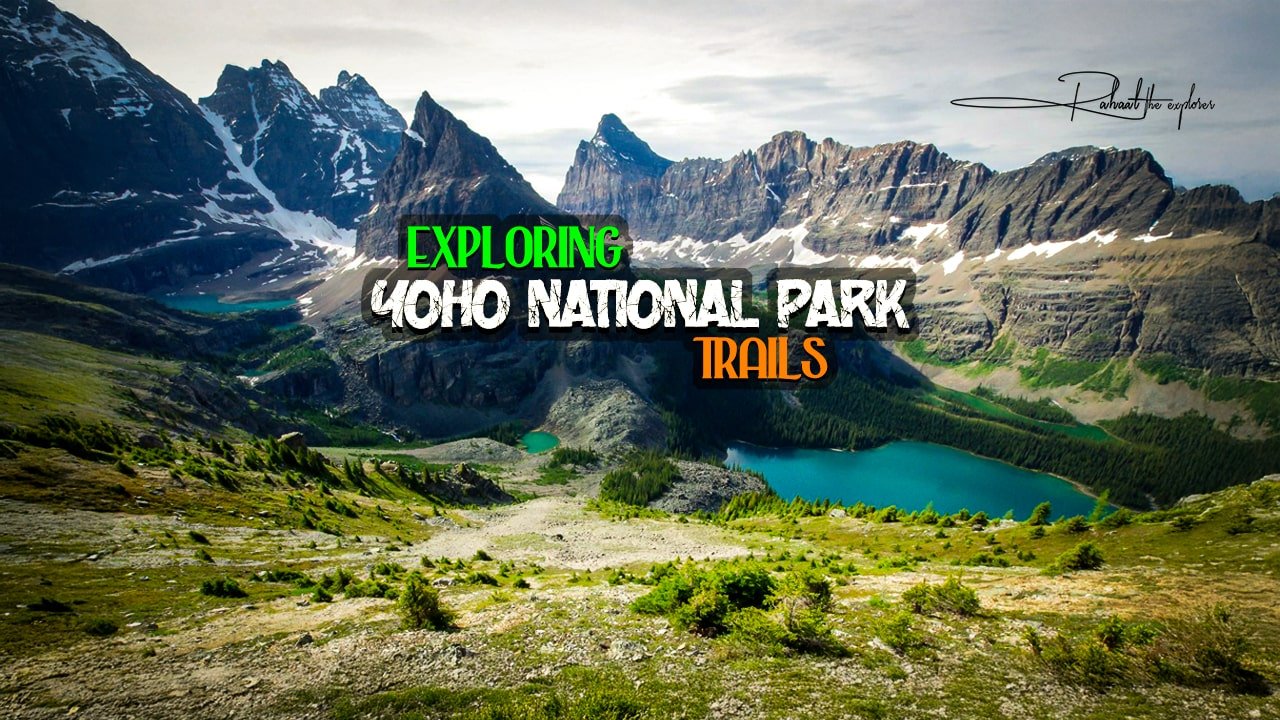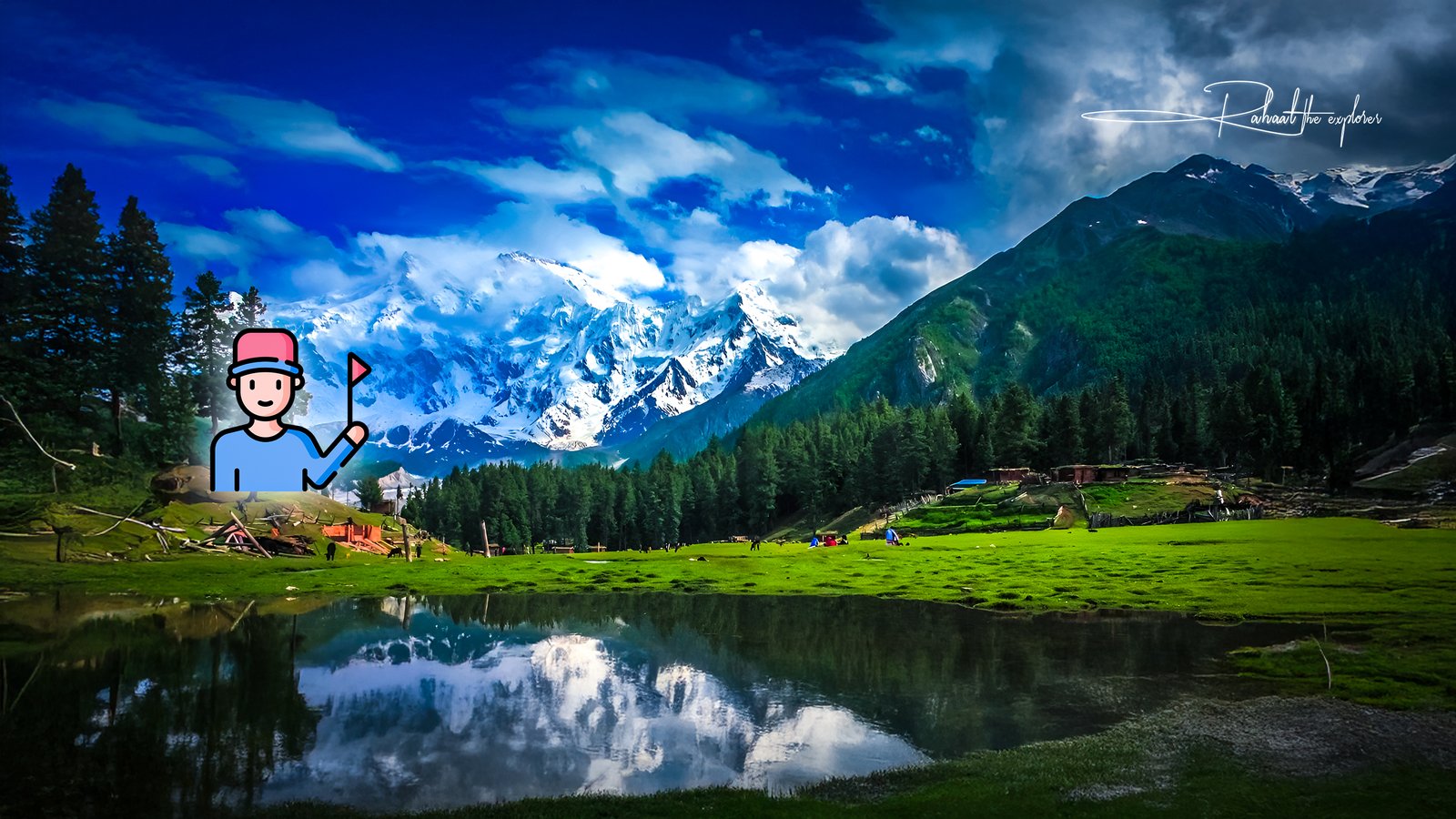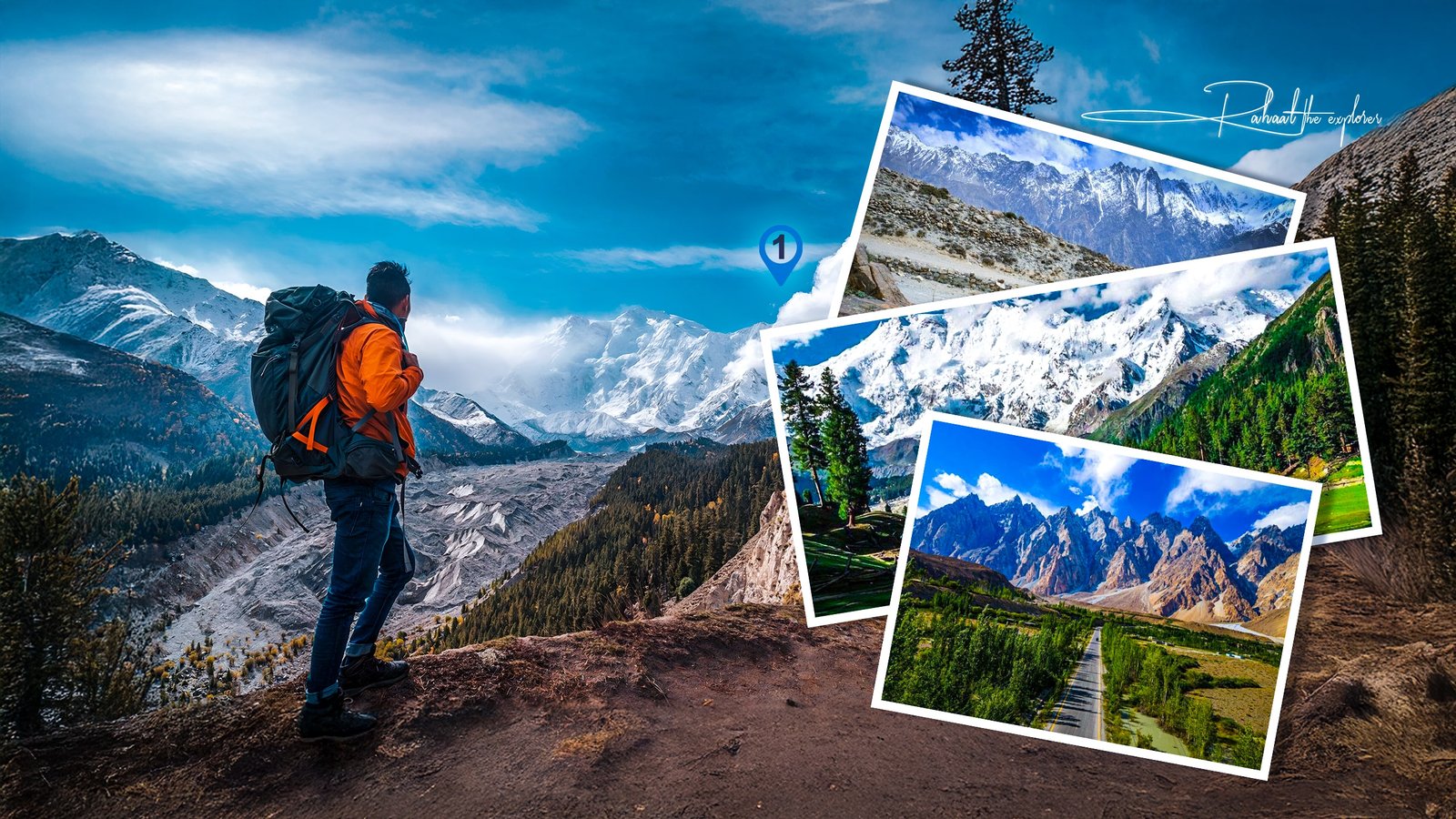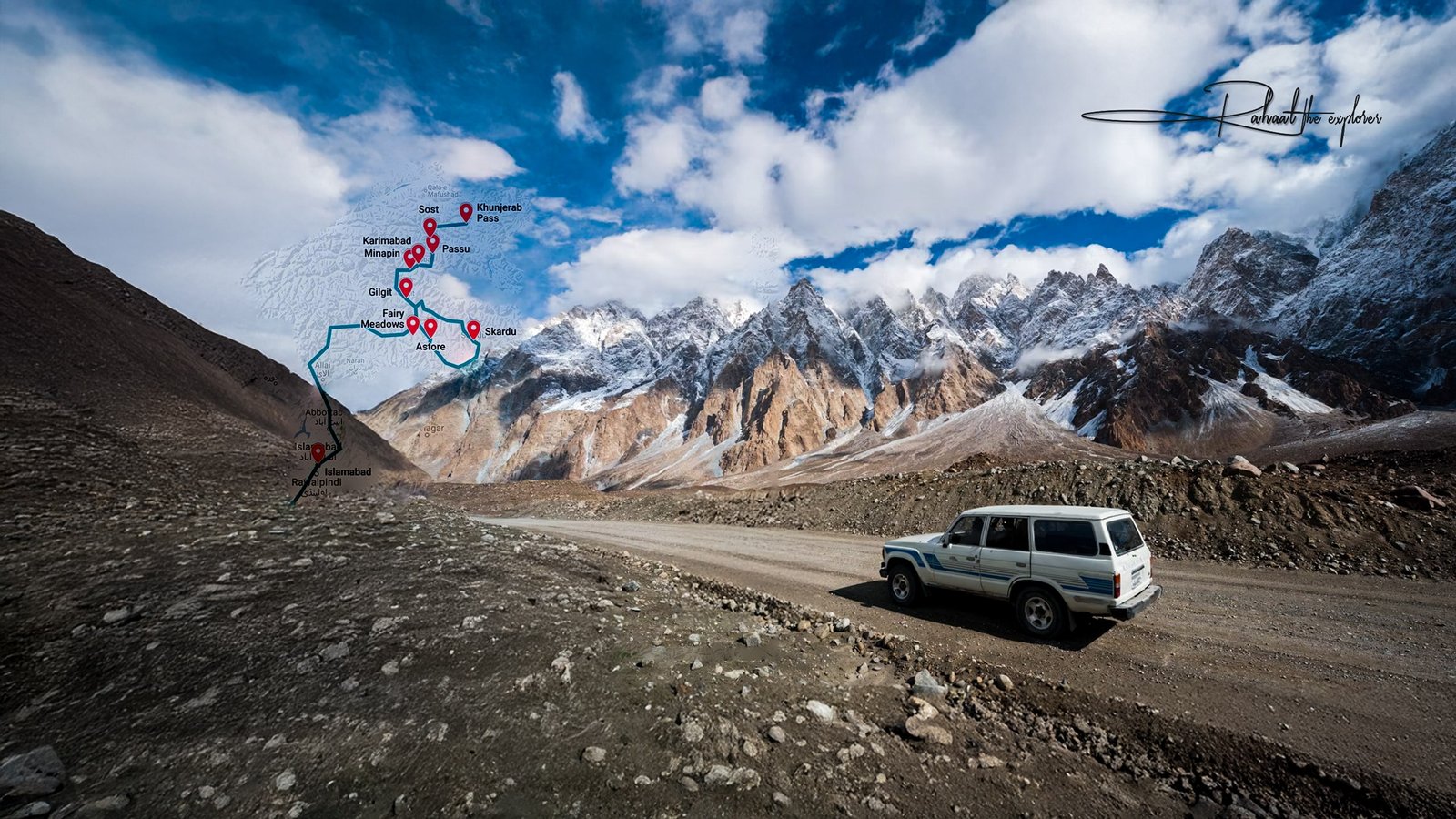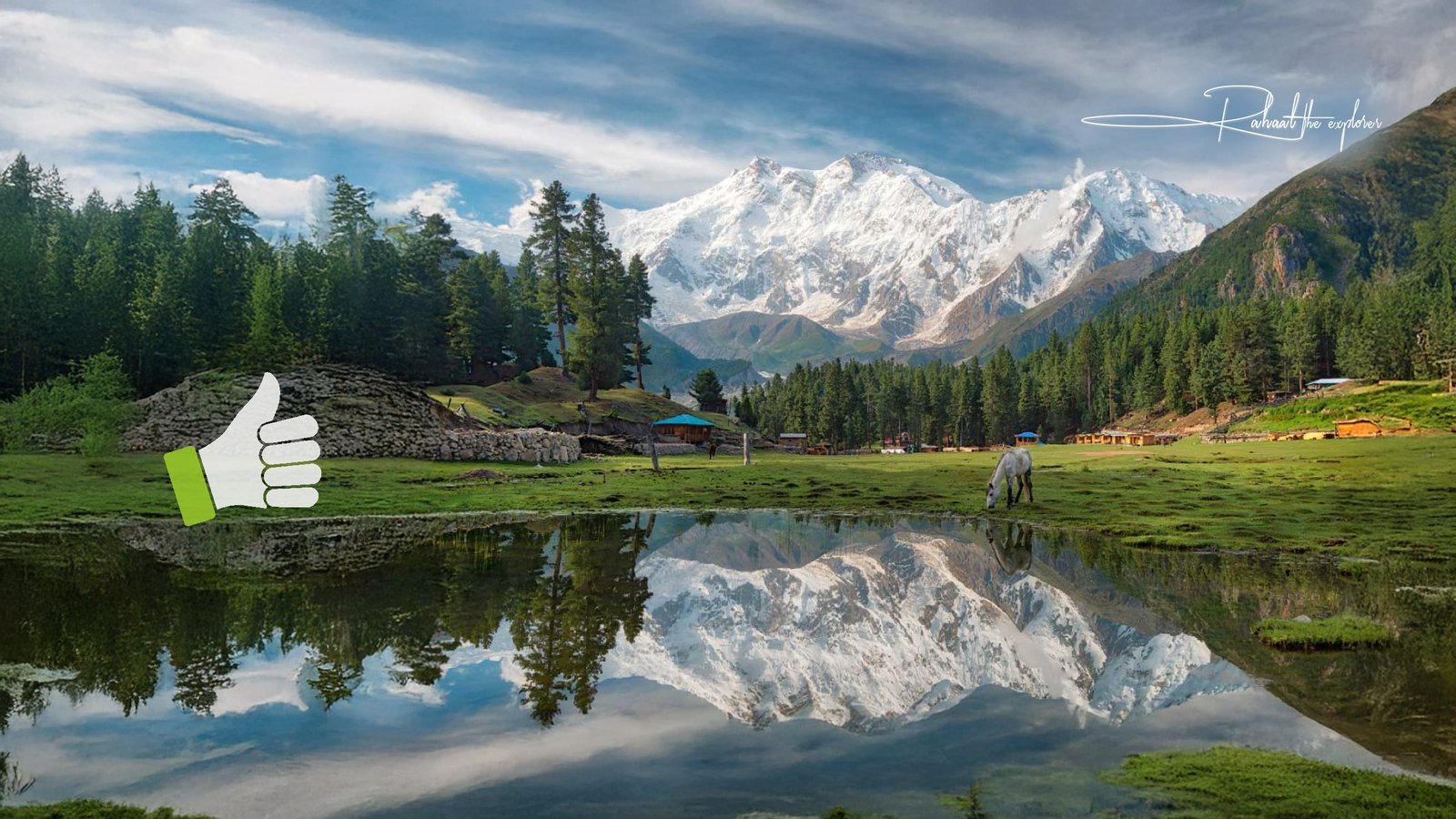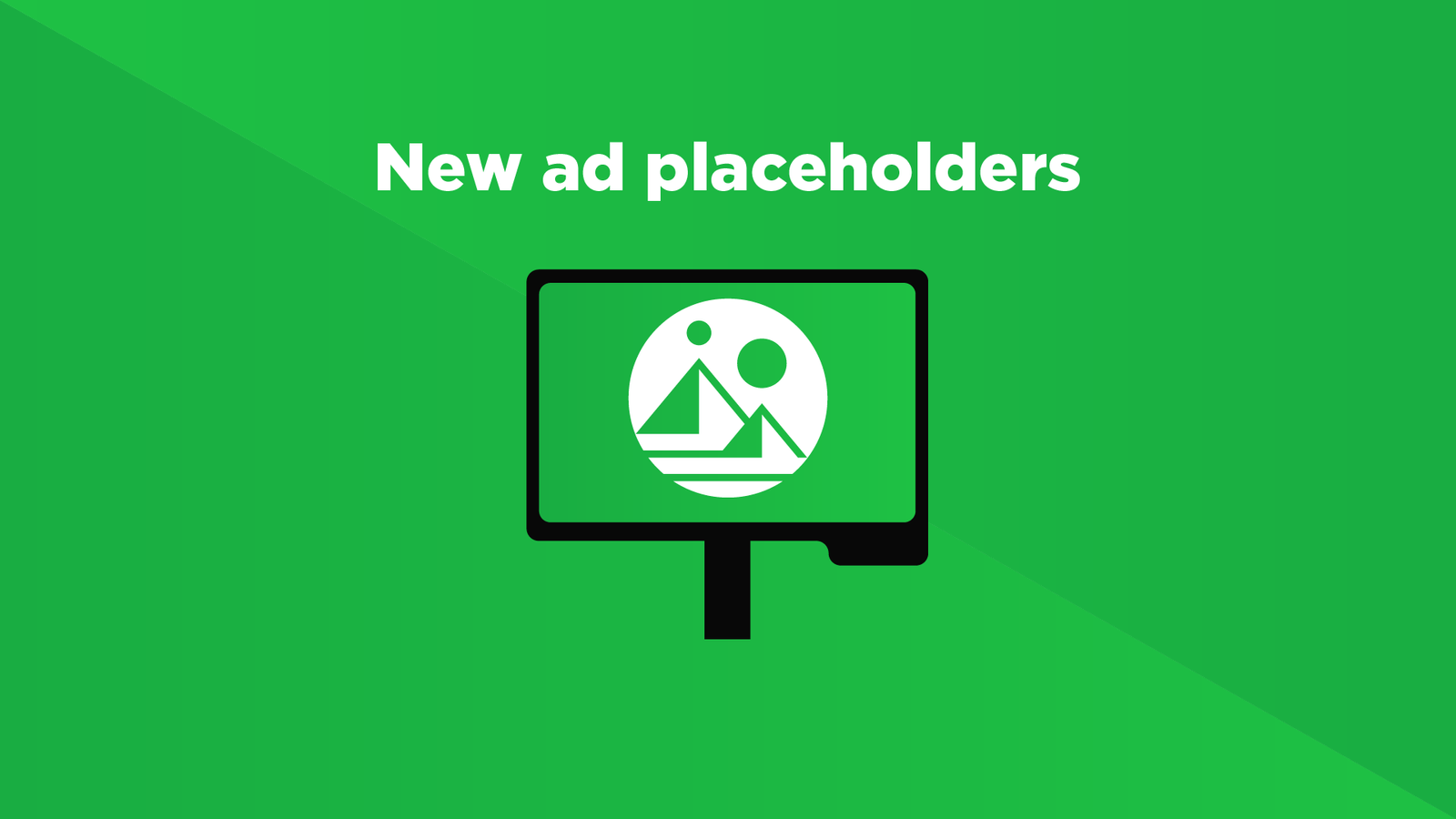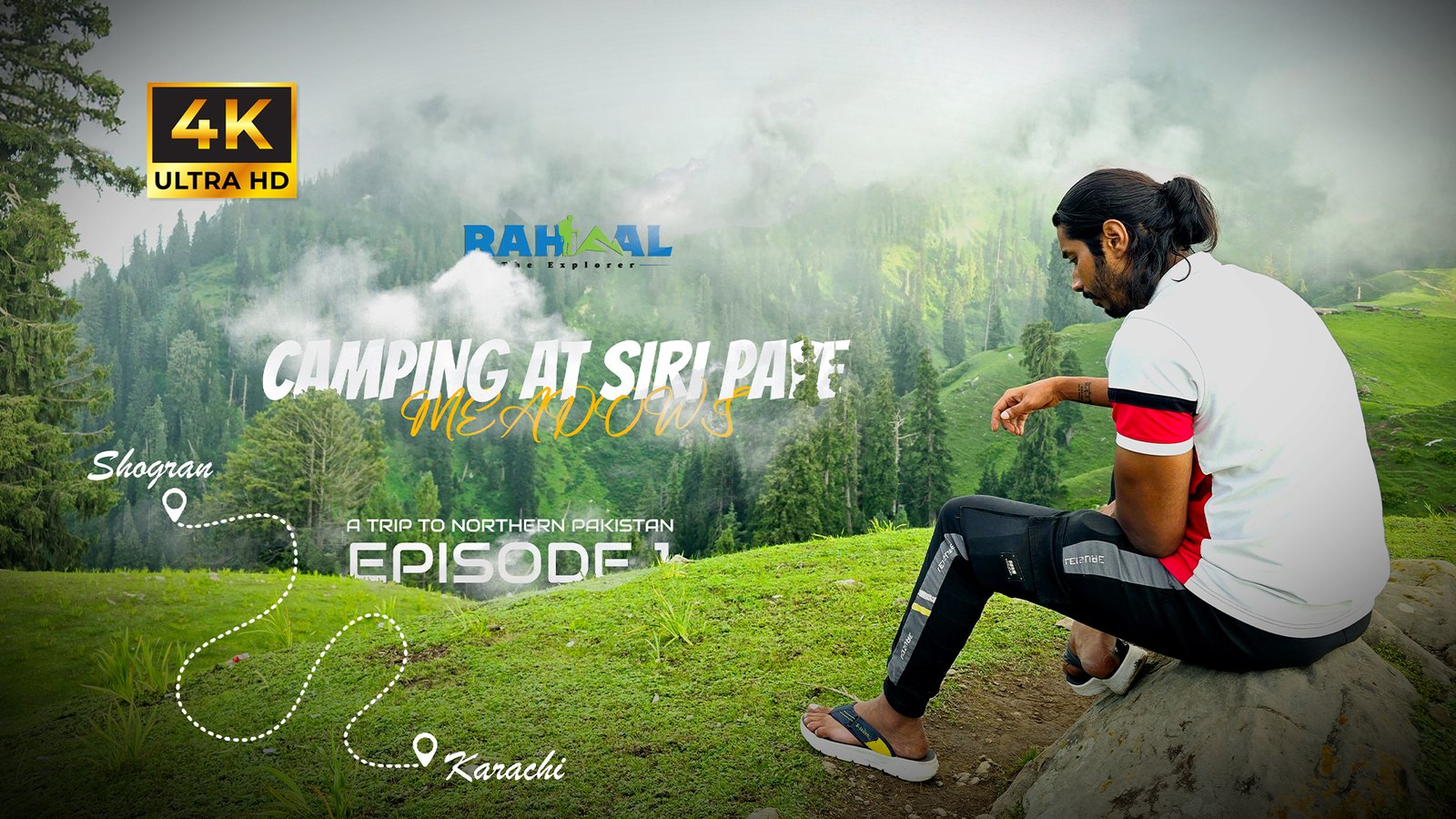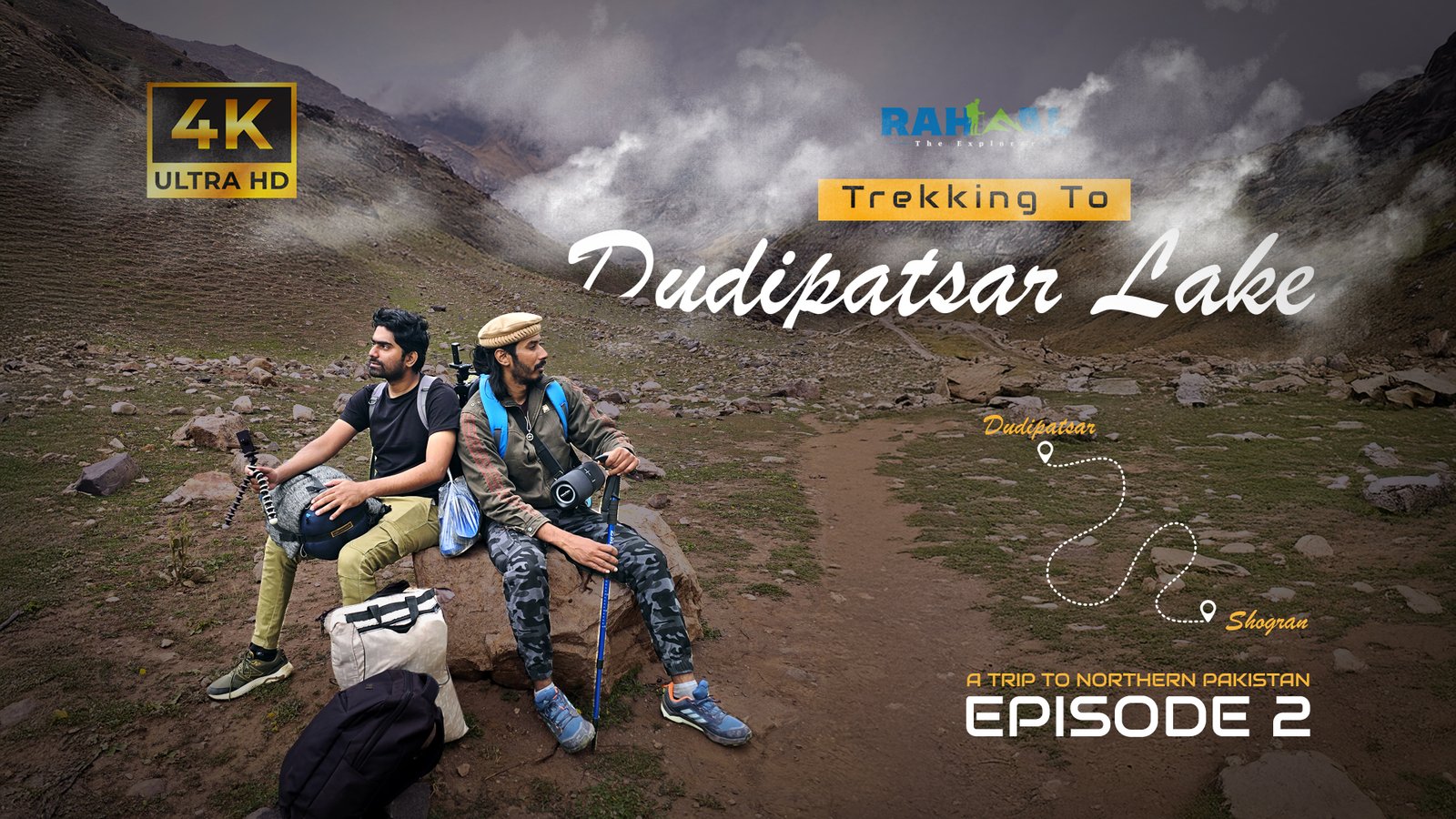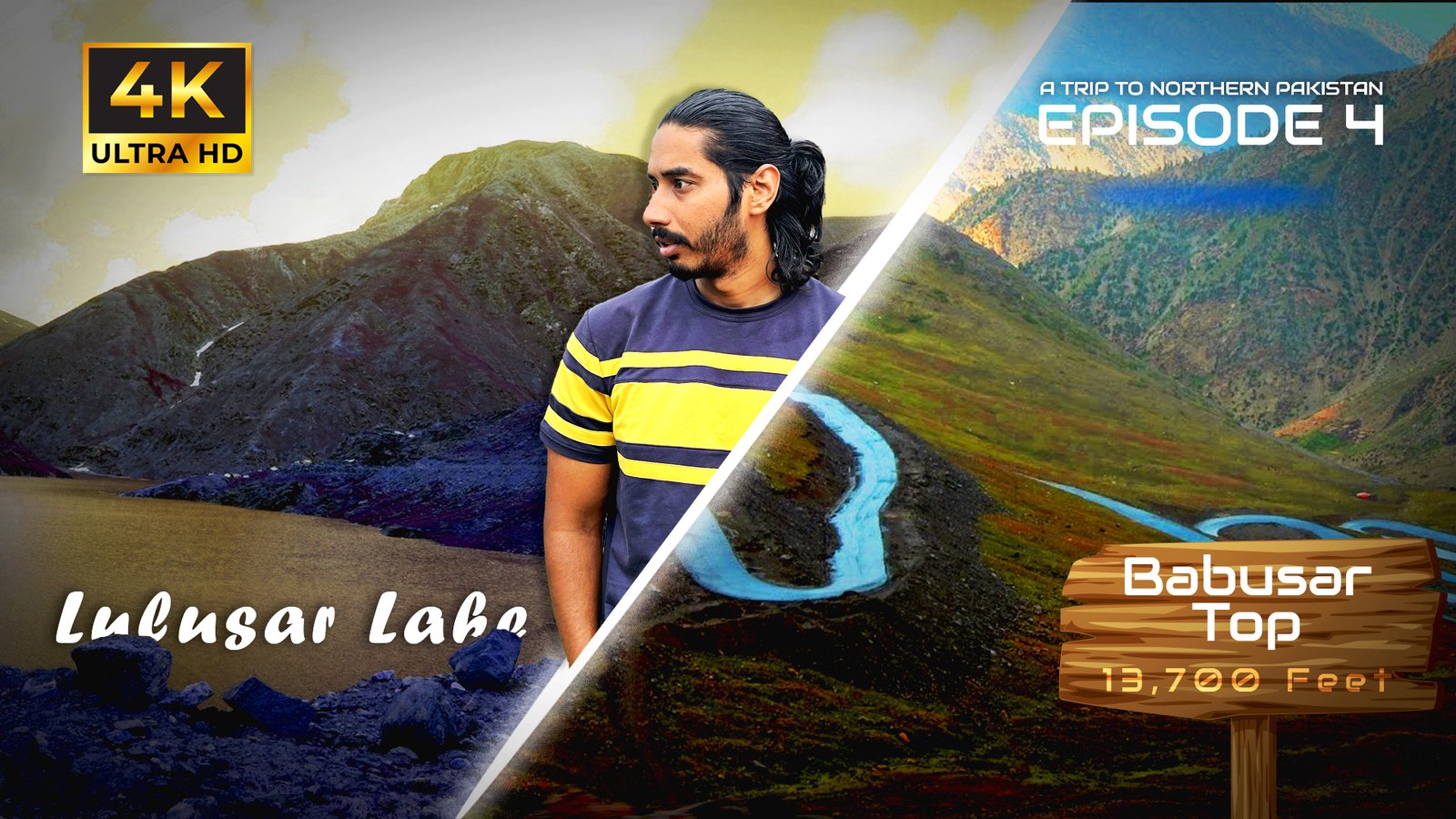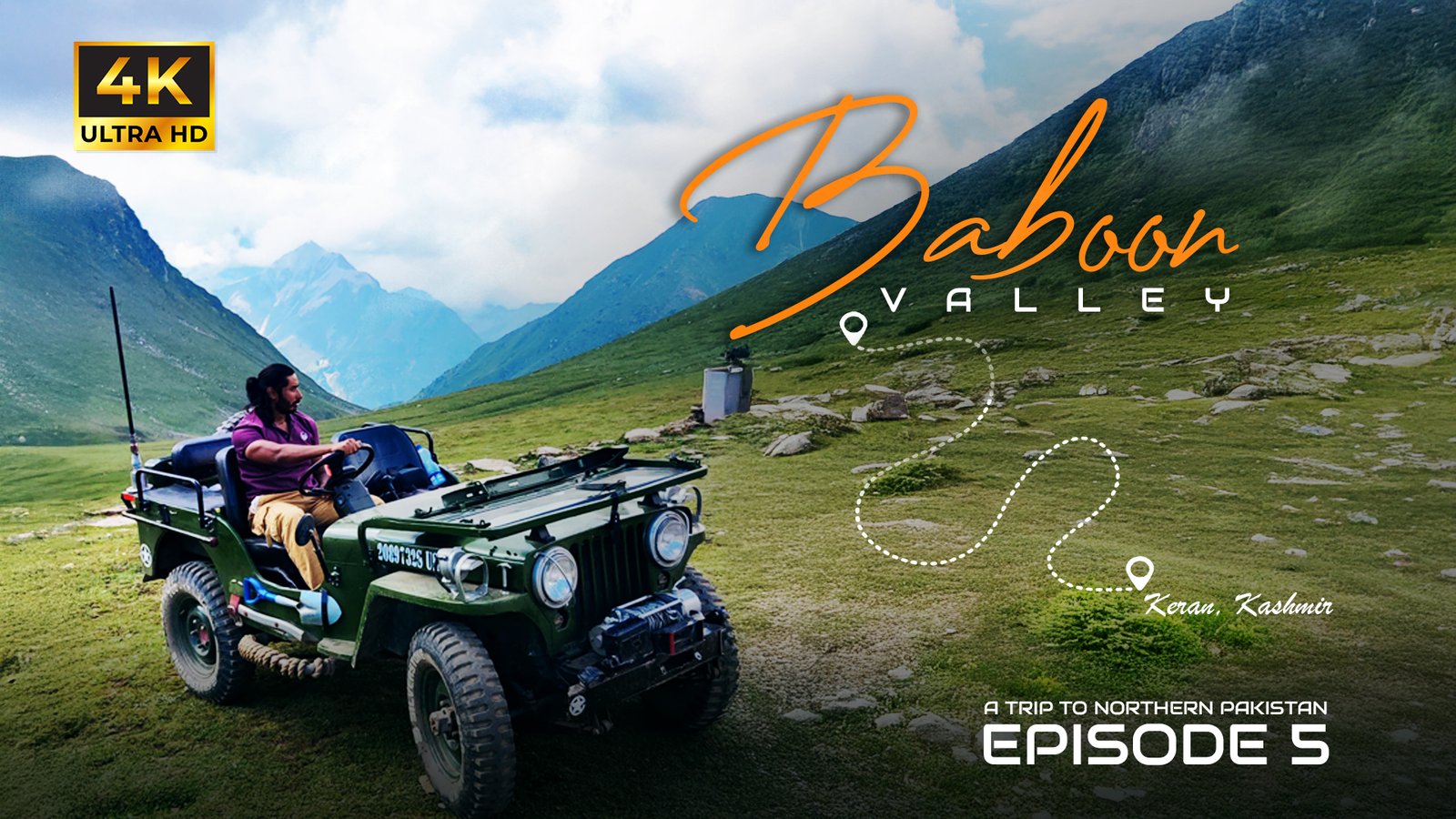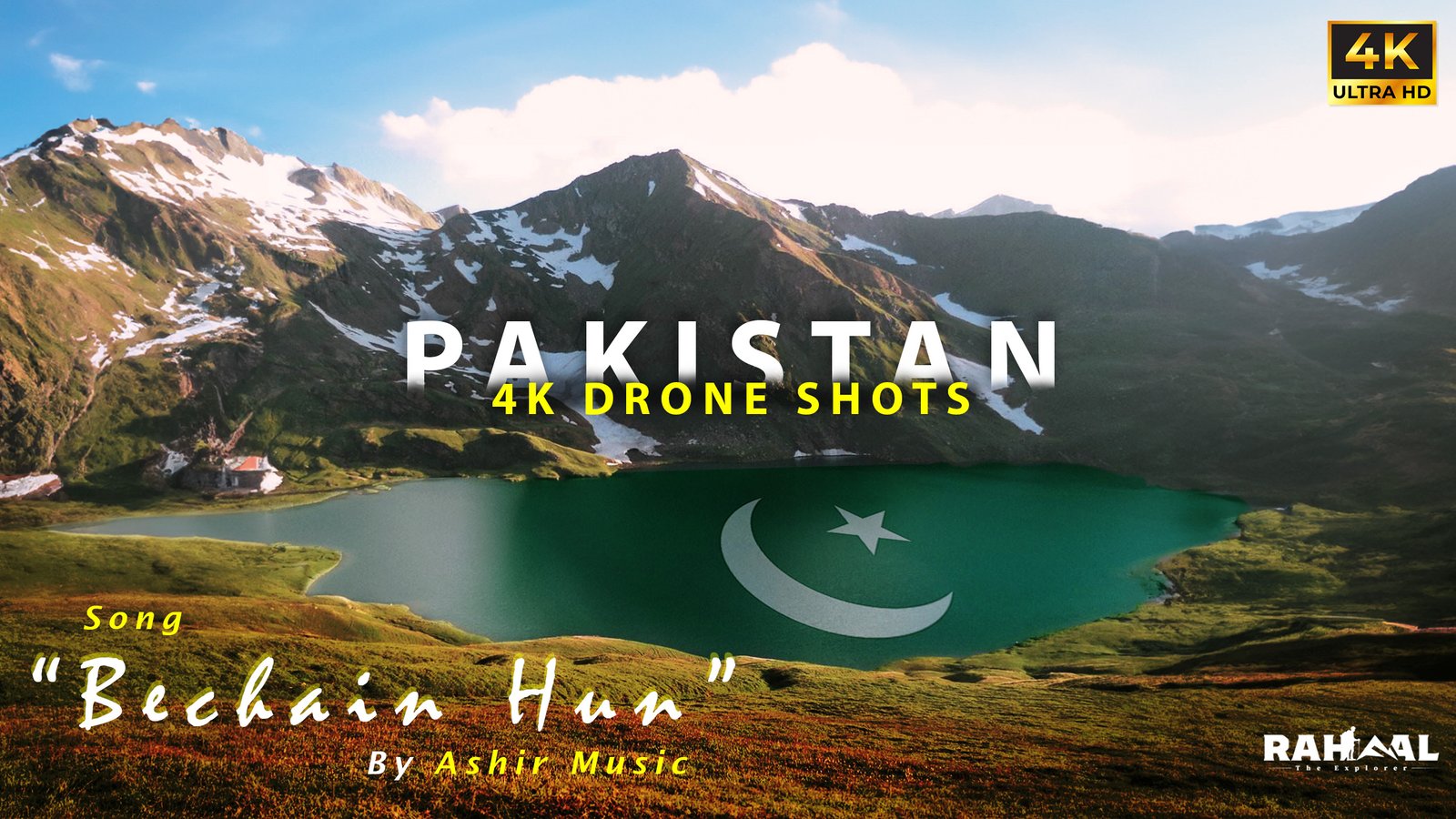Tucked away in the heart of the Canadian Rockies, Yoho National Park is one of Canada’s most breathtaking destinations. Known for its towering waterfalls, turquoise lakes, fossil beds, and scenic trails, Yoho offers an unforgettable outdoor adventure for hikers, nature lovers, and photographers alike.
In this complete guide, we’ll explore everything you need to know about Yoho National Park trails — from the best hikes to travel tips, when to visit, and frequently asked questions to make your journey seamless and memorable.
1. About Yoho National Park
Located in British Columbia, Yoho National Park is part of the UNESCO World Heritage-listed Canadian Rocky Mountain Parks. The word “Yoho” is derived from a Cree expression meaning “awe” or “wonder,” which perfectly describes the park’s dramatic landscapes.
Quick Facts:
- Location: Eastern British Columbia, near the Alberta border
- Established: 1886
- Area: 1,313 square kilometers (507 square miles)
- Nearest Town: Field, BC
- Managed By: Parks Canada
Yoho is bordered by Banff National Park to the east and Kootenay National Park to the south, making it easy to explore multiple parks in one trip.
2. How to Get to Yoho National Park
By Car
Yoho National Park lies along the Trans-Canada Highway (Highway 1), making it accessible by road.
- From Calgary: 2.5 hours (210 km) via Banff National Park
- From Banff: 1 hour (80 km) west on Highway 1
- From Vancouver: 8 hours (780 km) via Highway 1
The drive through the Rockies is scenic and filled with photo stops — from mountain peaks to emerald lakes.
By Train
Via Rail’s Canadian Route stops in Field, BC, providing a unique way to reach the park, though car rental is still recommended for exploring.
By Air
The nearest major airport is Calgary International Airport (YYC). From there, rent a car and drive west through Banff and Lake Louise to Yoho.
3. When Is the Best Time to Visit Yoho National Park?
The best time to visit Yoho National Park depends on what you want to experience:
Summer (June–September)
- Best for hiking and sightseeing
- Most trails and lakes are accessible
- Warm daytime temperatures (15–25°C)
- Ideal for exploring waterfalls and viewpoints
Fall (September–October)
- Fewer crowds
- Vibrant fall foliage
- Cooler weather (5–15°C)
- Great time for photography
Winter (November–March)
- Snowshoeing and cross-country skiing available
- Some roads and trails may close due to snow
Spring (April–May)
- Melting snow fills waterfalls
- Fewer visitors but limited trail access early in the season
For most travelers, July to September is the prime time to experience Yoho National Park trails in full glory.
4. Top Trails in Yoho National Park
Yoho National Park features over 400 kilometers of trails, ranging from easy strolls to challenging alpine hikes. Below are some of the most spectacular and must-do routes.
1. Emerald Lake Trail
- Distance: 5.2 km loop
- Difficulty: Easy
- Duration: 1.5–2 hours
This is Yoho’s most popular trail and for good reason. The Emerald Lake Trail circles one of the most stunning turquoise lakes in the Rockies. The path is flat and well-maintained, offering reflections of Mount Burgess and Wapta Mountain on calm days.
Pro Tip: Visit early in the morning to avoid crowds and capture the perfect mirror reflection on the lake.
2. Takakkaw Falls Trail
- Distance: 1.3 km round trip
- Difficulty: Easy
- Duration: 30–45 minutes
The Takakkaw Falls Trail leads to one of the highest waterfalls in Canada — cascading 373 meters (1,224 feet). The short, paved trail is perfect for families and provides breathtaking views up close.
Best Time to Visit: Late June to early September, when snowmelt is at its peak.
3. Wapta Falls Trail
- Distance: 4.8 km round trip
- Difficulty: Easy to Moderate
- Duration: 1.5 hours
Located near the western edge of the park, Wapta Falls is a must-see natural wonder. This wide waterfall crashes dramatically over a limestone ledge, creating misty rainbows on sunny days.
Insider Tip: Continue beyond the main viewpoint for a closer perspective at the waterfall’s base.
4. Iceline Trail
- Distance: 20.8 km loop
- Difficulty: Difficult
- Duration: 6–8 hours
The Iceline Trail is one of Yoho’s most rewarding and challenging hikes. Starting near Takakkaw Falls, the route climbs above the treeline to offer panoramic views of glaciers, alpine lakes, and rugged mountain ridges.
Highlights:
- Views of the Emerald Glacier
- Alpine meadows and wildflowers (in summer)
- Ideal for experienced hikers
Pro Tip: For a shorter version, try the Iceline Loop via Celeste Lake (13 km).
5. Lake O’Hara Alpine Circuit
- Distance: Varies (5–12 km depending on route)
- Difficulty: Moderate to Difficult
- Duration: 3–6 hours
Lake O’Hara is the crown jewel of Yoho National Park — pristine, remote, and strictly protected. Only a limited number of visitors are allowed each day to preserve the fragile environment.
Access:
- Reservations are required for the Lake O’Hara shuttle bus (book early via Parks Canada).
- Alternatively, hike the 11 km access road to the lake if no shuttle spots are available.
Once at the lake, explore alpine routes like Opabin Plateau, Yukness Ledges, and Lake Oesa Trail — all offering jaw-dropping views.
6. Twin Falls Trail
- Distance: 16 km round trip
- Difficulty: Moderate
- Duration: 4–6 hours
This scenic trail starts from Takakkaw Falls parking lot and passes through lush forest, rivers, and alpine meadows before reaching Twin Falls, a stunning double cascade.
Tip: Stop at the Twin Falls Tea House, a historic rest stop built in the early 1900s.
7. Burgess Shale Fossil Beds Hike
- Distance: 22 km round trip (guided only)
- Difficulty: Difficult
- Duration: Full-day hike
This UNESCO-protected site offers a journey back in time — over 500 million years. The Burgess Shale contains some of the world’s best-preserved fossils. Access is only allowed with a guided tour, operated by Parks Canada or the Burgess Shale Geoscience Foundation.
Tip: Book tours months in advance as spots are limited.
5. Other Attractions in Yoho National Park
While hiking is the main draw, Yoho offers many other natural and cultural highlights.
Natural Bridge
A naturally carved rock formation over the Kicking Horse River — easily accessible from the road near Emerald Lake.
Kicking Horse Pass
A historic mountain pass connecting British Columbia and Alberta, offering panoramic viewpoints.
Spiral Tunnels Viewpoint
A marvel of railway engineering where trains loop through tunnels carved into the mountainside — visible from scenic viewpoints along Highway 1.
Canoeing at Emerald Lake
Rent a canoe at the Emerald Lake Lodge and paddle across turquoise waters surrounded by mountain peaks.
Field, BC
This charming alpine village serves as the park’s hub — offering lodges, cafes, and visitor information.
6. Travel Tips for Exploring Yoho National Park Trails
- Start Early: Popular trails like Emerald Lake and Iceline get crowded after 10 AM.
- Carry Bear Spray: Yoho is bear country — make noise and hike in groups when possible.
- Check Trail Conditions: Visit Parks Canada’s website for closures or weather alerts.
- Wear Layers: Weather in the Rockies can change quickly.
- Bring Water and Snacks: There are limited facilities on most trails.
- Respect Wildlife: Keep a safe distance and never feed animals.
- Leave No Trace: Preserve the pristine environment by packing out all trash.
7. Where to Stay Near Yoho National Park
Inside the Park:
- Emerald Lake Lodge: Luxury lakeside resort with incredible views.
- Lake O’Hara Lodge: Exclusive and eco-friendly, requires advance booking.
- Kicking Horse Campground: Great for campers and RV travelers.
Nearby Towns:
- Field, BC: Closest base to most park attractions.
- Golden, BC (30 minutes away): Offers budget hotels, restaurants, and adventure tours.
- Lake Louise (20 minutes east): Ideal for combining visits to Banff and Yoho.
8. FAQs — Exploring Yoho National Park Trails
Q1: How do I get to Yoho National Park?
You can reach Yoho via Trans-Canada Highway (Highway 1) from Calgary (2.5 hours) or Banff (1 hour). The nearest airport is Calgary International Airport.
Q2: What is Yoho National Park known for?
Yoho is famous for Emerald Lake, Takakkaw Falls, Lake O’Hara, and the Burgess Shale Fossil Beds.
Q3: Do I need a pass to enter the park?
Yes. A Parks Canada Discovery Pass or daily admission is required. Passes can be purchased online or at park gates.
Q4: Can I visit Yoho in winter?
Yes, but most trails are snow-covered. It’s ideal for snowshoeing, cross-country skiing, and photography.
Q5: Are pets allowed on trails?
Yes, but dogs must be kept on a leash at all times.
Q6: How many days do you need in Yoho National Park?
Plan 2 to 3 days to explore major highlights like Emerald Lake, Takakkaw Falls, and one or two alpine trails.
Q7: Is camping allowed in Yoho?
Yes. Yoho offers several campgrounds including Kicking Horse and Monarch Campgrounds, both operated by Parks Canada.
9. Final Thoughts
Exploring Yoho National Park is an experience of pure natural wonder. With its towering waterfalls, glacial lakes, and world-class hiking trails, it’s a paradise for outdoor enthusiasts. Whether you’re walking around Emerald Lake, hiking the Iceline Trail, or discovering ancient fossils at the Burgess Shale, every path in Yoho leads to awe-inspiring beauty.
If you’re planning a trip through the Canadian Rockies, don’t just pass through — make time for Yoho National Park. It may be smaller than its famous neighbor, Banff, but its charm, serenity, and wild beauty are truly unforgettable.


